What is Voost AI?
Voost AI represents a breakthrough in virtual fashion technology, offering a unified and scalable diffusion transformer framework for bidirectional virtual try-on and try-off experiences. This innovative system enables users to visualize how garments would look on a person or how a person would appear without specific clothing items, all within a single, powerful AI model.
Unlike traditional approaches that require separate models for different tasks, Voost AI jointly handles both virtual try-on and try-off operations through a single transformer architecture. This unified approach enhances garment-body relational reasoning while maintaining high visual quality across diverse human poses, garment categories, backgrounds, and lighting conditions.
Developed by researchers Seungyong Lee and Jeong-gi Kwak at NXN Labs, Voost AI addresses the persistent challenge of accurately modeling garment-body correspondence, especially under pose and appearance variations. The system achieves state-of-the-art results on both try-on and try-off benchmarks, consistently outperforming strong baselines in alignment accuracy, visual fidelity, and generalization capabilities.
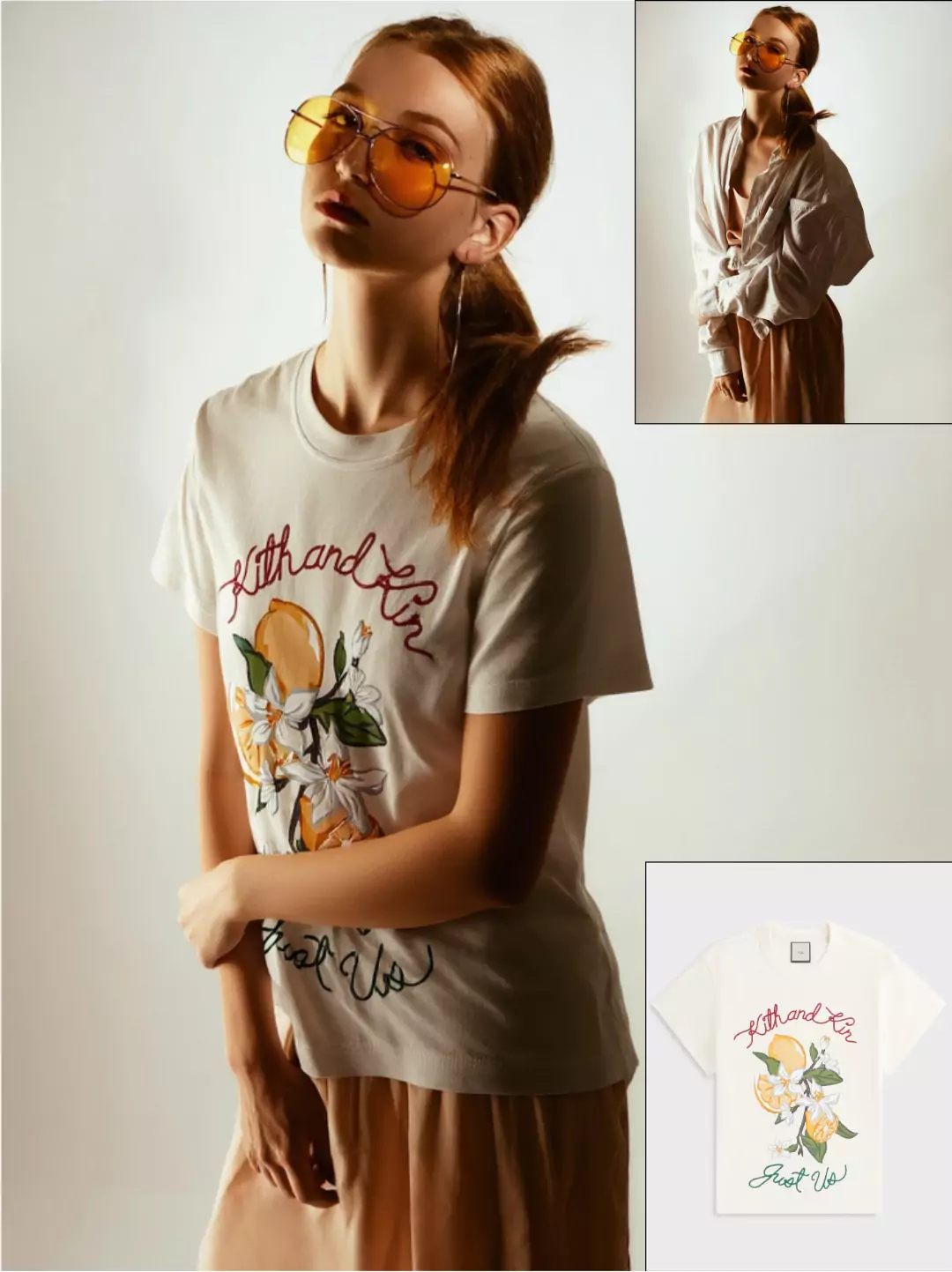
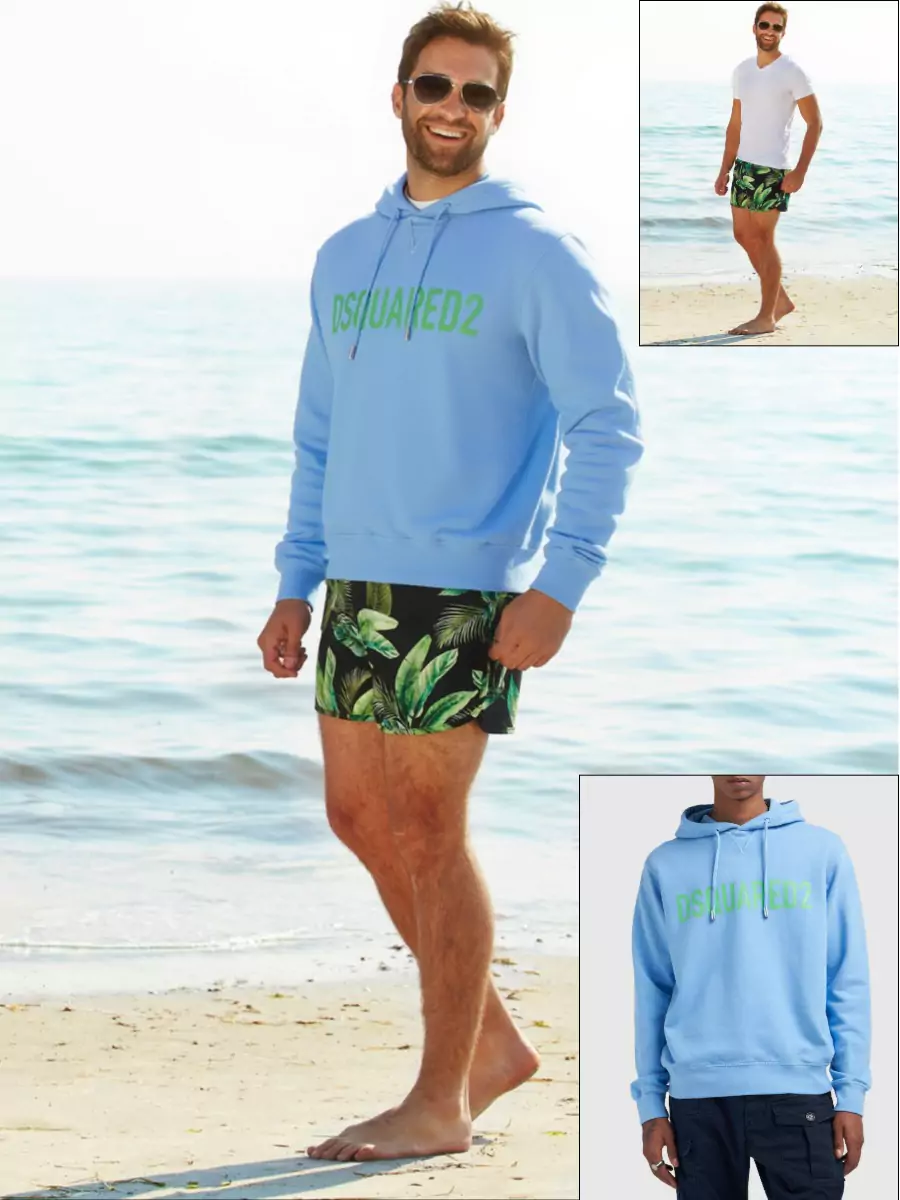
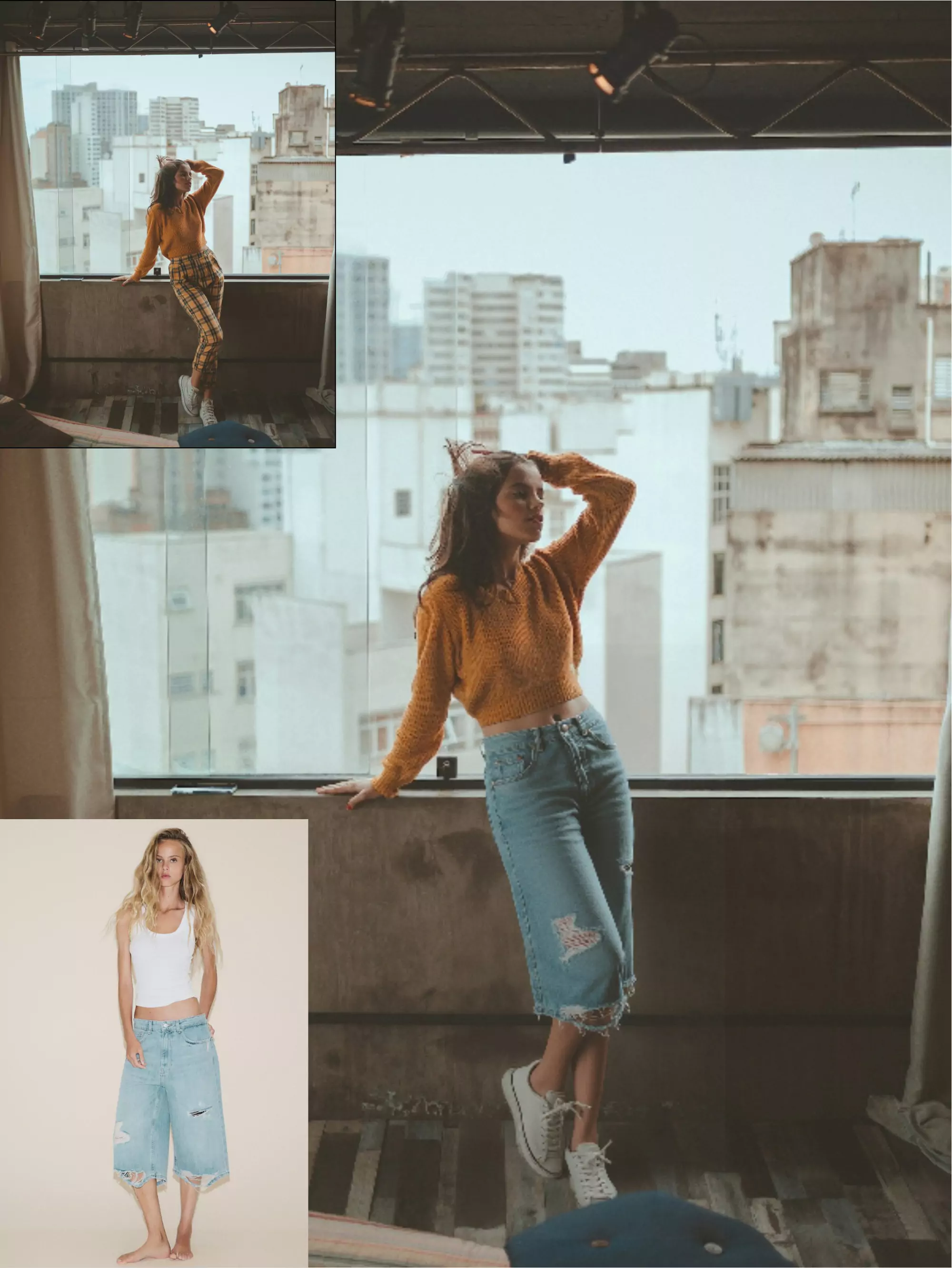
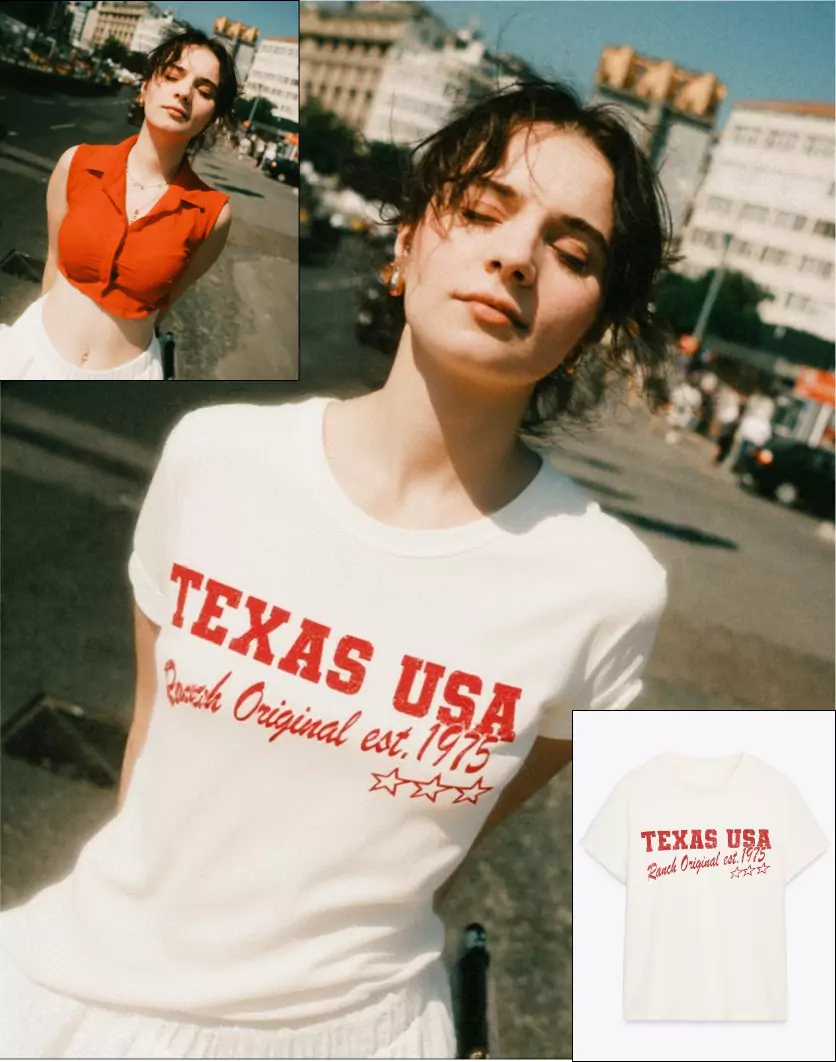
Overview of Voost AI
| Feature | Description |
|---|---|
| AI Technology | Unified Diffusion Transformer |
| Primary Function | Virtual Try-On and Try-Off |
| Architecture | Bidirectional Framework |
| Performance | State-of-the-art Results |
| Research Paper | arxiv.org/abs/2508.04825 |
| Project Page | nxnai.github.io/Voost/ |
Technical Innovation
Voost AI introduces several key innovations that set it apart from existing virtual try-on solutions. The framework employs a unified diffusion transformer that can handle both try-on and try-off tasks simultaneously, enabling each garment-person pair to supervise both directions of the transformation process.
The system supports flexible conditioning over generation direction and garment category, enhancing garment-body relational reasoning without requiring task-specific networks, auxiliary losses, or additional labels. This unified approach significantly improves the model's understanding of how garments interact with human bodies across different scenarios.
Inference-Time Techniques
Voost AI incorporates two sophisticated inference-time techniques that enhance its robustness and accuracy:
Attention Temperature Scaling: This technique provides robustness to resolution variations and mask inconsistencies, ensuring consistent performance across different input conditions.
Self-Corrective Sampling: This method takes advantage of bidirectional consistency between try-on and try-off tasks, allowing the system to self-correct and improve results through iterative refinement.
Key Features of Voost AI
Unified Bidirectional Framework
Handles both virtual try-on and try-off operations within a single transformer model, eliminating the need for separate specialized networks and improving overall efficiency.
Flexible Garment Conditioning
Supports flexible conditioning over generation direction and garment category, enabling versatile applications across different clothing types and styling scenarios.
Enhanced Relational Reasoning
Improves garment-body relational understanding through joint training, resulting in more accurate and realistic garment placement and fitting visualization.
Robust Performance Across Variations
Maintains high-quality results across various human poses, garment categories, backgrounds, lighting conditions, and image compositions without requiring additional training data.
Attention Temperature Scaling
Provides enhanced robustness to resolution variations and mask inconsistencies, ensuring reliable performance across different input conditions and requirements.
Self-Corrective Sampling
Employs bidirectional consistency between tasks to improve accuracy through iterative refinement, resulting in higher quality and more realistic outputs.
State-of-the-Art Accuracy
Achieves superior performance on standard benchmarks, consistently outperforming existing methods in alignment accuracy, visual fidelity, and generalization capabilities.
Applications and Use Cases
1. E-commerce and Online Retail
Transform online shopping experiences by allowing customers to visualize how garments would look on them before making purchase decisions, reducing return rates and increasing customer satisfaction.
2. Fashion Design and Development
Enable fashion designers and brands to quickly prototype and visualize new garment designs on various body types and poses, accelerating the design iteration process.
3. Virtual Styling and Personalization
Create personalized styling recommendations and outfit combinations by virtually trying different garments on users, enhancing personal shopping experiences.
4. Content Creation and Media
Support content creators, influencers, and media professionals in creating diverse fashion content without the need for physical garment changes or extensive photo shoots.
5. Virtual Fashion Shows and Presentations
Enable virtual fashion presentations where models can showcase multiple outfits efficiently, supporting sustainable fashion practices and reducing resource consumption.
Try Voost AI Demo
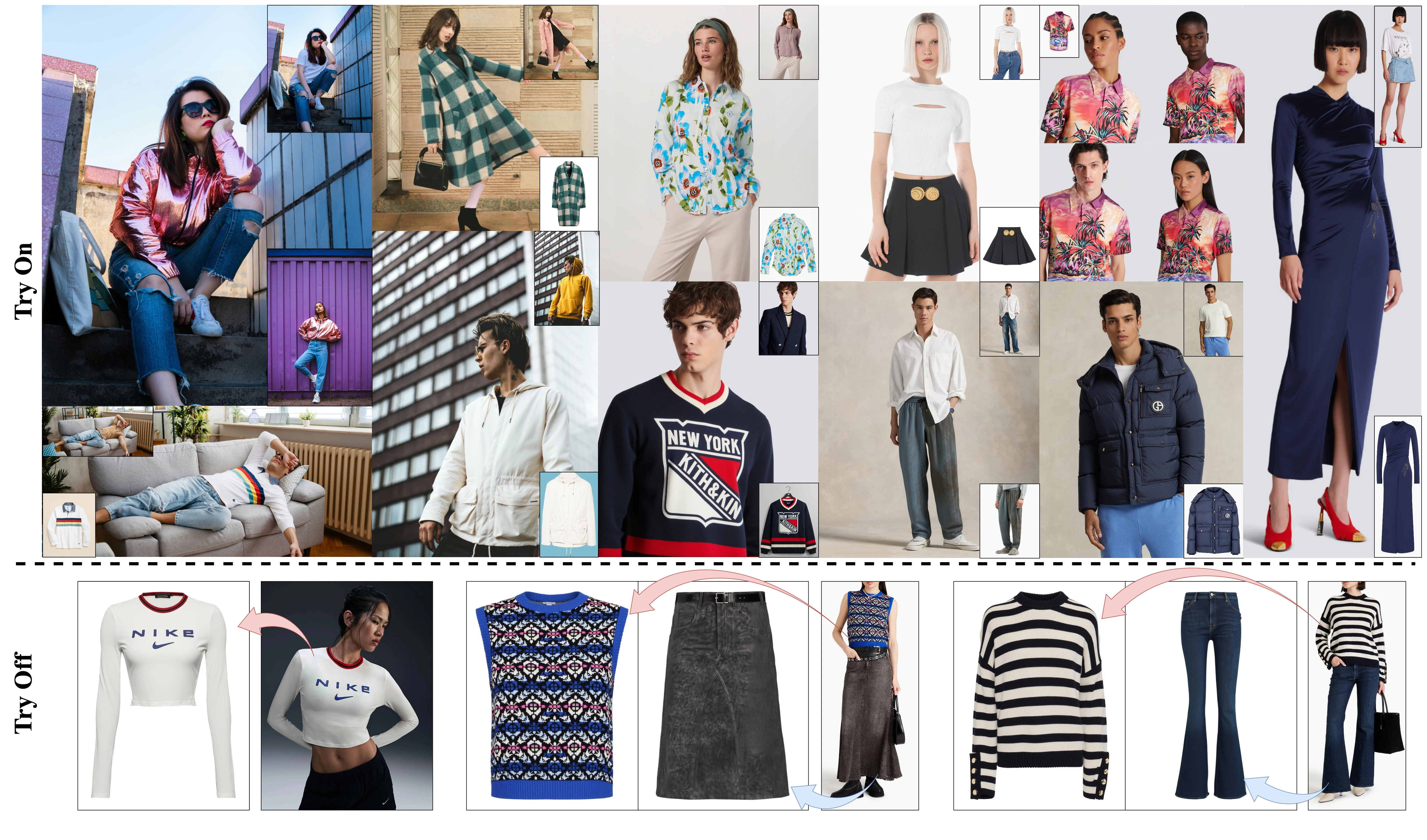
Advantages and Considerations
Advantages
- Unified framework for both try-on and try-off tasks
- State-of-the-art accuracy and visual quality
- Robust performance across various poses and garments
- No need for task-specific networks or auxiliary losses
- Enhanced garment-body relational reasoning
- Flexible conditioning and generation control
- Self-corrective sampling for improved results
Considerations
- Requires high-quality input images for optimal results
- Computational requirements for real-time applications
- Performance may vary with complex garment textures
- Limited to current training data distributions
Research Foundation
Voost AI is built upon extensive research conducted by Seungyong Lee and Jeong-gi Kwak at NXN Labs. The research addresses fundamental challenges in virtual try-on technology, particularly the accurate modeling of garment-body correspondence under various pose and appearance variations.
The research demonstrates significant improvements over existing methods through comprehensive experiments on standard benchmarks. The unified approach not only simplifies the technical architecture but also improves performance by enabling joint learning between related tasks.
The work contributes to the broader field of computer vision and AI-powered fashion technology, providing a foundation for future developments in virtual fashion applications and demonstrating the potential of unified transformer architectures for complex visual generation tasks.
How Voost AI Works
Step 1: Input Preparation
The system accepts input images containing a person and target garment, along with any necessary conditioning information for the desired transformation direction.
Step 2: Unified Processing
The diffusion transformer processes both the person and garment information simultaneously, understanding the spatial and contextual relationships between them.
Step 3: Bidirectional Generation
The model generates the requested transformation (try-on or try-off) while maintaining consistency with the bidirectional understanding of the task.
Step 4: Quality Refinement
Self-corrective sampling and attention temperature scaling enhance the output quality and ensure robustness across different input conditions.
Step 5: Output Generation
The system produces high-quality results that maintain proper garment fitting, body proportions, and realistic appearance under the specified conditions.